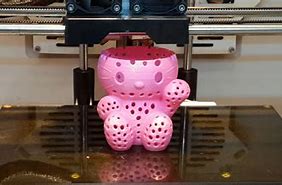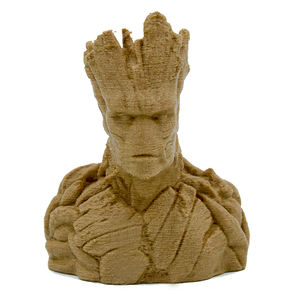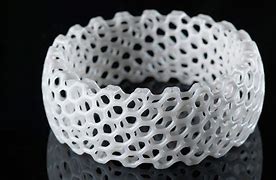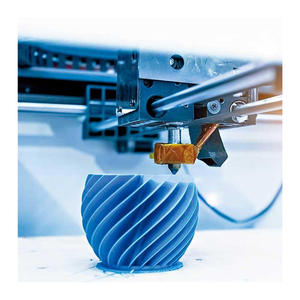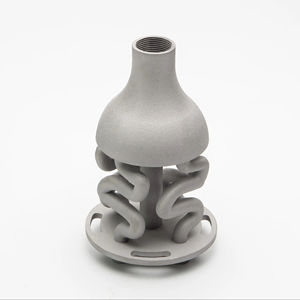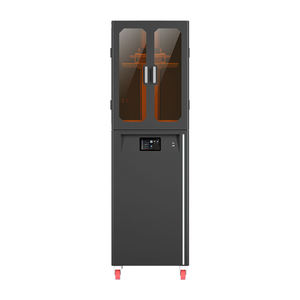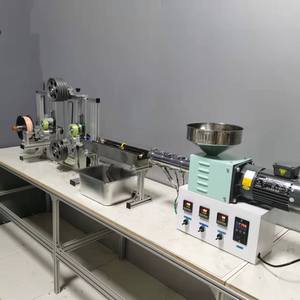Discover a professional 3D printing powder supplier
(Metal Might: Exploring the World of Metal 3D Printing)
**Title: “Melted Magic: When 3D Printers Play with Fire and Metal”**
(Metal Might: Exploring the World of Metal 3D Printing)
Picture a medieval blacksmith hammering glowing steel into a sword—now replace the hammer with a laser, the anvil with a computer, and the sweat with pure, unadulterated tech wizardry. Welcome to the wild world of metal 3D printing, where molten metal dances to the tune of digital designs, and factories of the future are born in layers thinner than a human hair.
Let’s cut through the jargon. Metal 3D printing isn’t your grandma’s ink-on-paper affair. It’s more like baking a cosmic lasagna, except every layer is a precisely melted sheet of titanium, aluminum, or even gold. The process starts with a 3D model—say, a rocket engine part or a bespoke medical implant—sliced into thousands of digital cross-sections. A machine then uses lasers or electron beams to fuse metal powder, layer by layer, until voilà: a solid, intricate object emerges, as if sculpted by a robot Michelangelo.
Why should you care? Because this isn’t just about making shiny trinkets. Metal 3D printing is rewriting the rules of manufacturing. Aerospace giants now print lightweight jet parts that cut fuel costs. Surgeons implant patient-specific titanium bones that fit like puzzle pieces. Even Formula 1 teams stealthily print parts so optimized, they’d make Newton do a double-take. The kicker? These creations are often stronger and more complex than anything made by traditional methods. Take GE’s 3D-printed fuel nozzle for jets: it’s 25% lighter, five times more durable, and made as a single piece instead of 20 welded parts. That’s not innovation—it’s sorcery.
But wait, there’s molten drama. Unlike plastic 3D printing, metal doesn’t melt politely. It requires temperatures hotter than a volcano’s temper tantrum—think 1,000°C to 3,000°C. Lasers or electron beams must strike a Goldilocks balance: too much heat, and the metal warps; too little, and layers won’t bond. The machines themselves are like high-tech forges, sealed in argon gas chambers to prevent rogue oxygen from turning your masterpiece into a metallic charcoal briquette.
And let’s talk materials. The metal powder used isn’t your average hardware store dust. These particles are spherical, ultra-fine (often 15-45 microns), and pricier than caviar. Titanium alloys dominate the scene, but innovators are experimenting with everything from stainless steel for architectural marvels to cobalt-chrome for dental crowns that could survive a zombie apocalypse. There’s even research into “exotic” metals like tungsten for radiation shields or nickel superalloys that laugh in the face of rocket exhaust.
But here’s the twist: metal 3D printing isn’t just for big corporations with Scrooge McDuck money vaults. Small businesses are jumping in too. Imagine a bike company printing custom titanium frames tailored to your body, or a jewelry designer crafting impossible geometries that put Fabergé eggs to shame. Even artists are dabbling, creating sculptures that look like they’ve been teleported from a cyborg’s daydream.
Of course, challenges linger. The tech is still slower than traditional casting for mass production, and quality control is a beast. A single tiny flaw in a printed turbine blade could lead to a very expensive, very fiery disaster. Plus, the machines cost more than a luxury yacht, and skilled operators are as rare as unicorns who know CAD software.
Yet the future glows brighter than a freshly printed titanium ingot. Researchers are tinkering with AI-driven printers that self-correct errors mid-print, and multi-laser systems that work faster than a caffeinated octopus. Some visionaries even dream of printing entire buildings or spacecraft in orbit, where Earth’s gravity can’t cramp their style.
(Metal Might: Exploring the World of Metal 3D Printing)
So next time you see a 3D-printed metal object, remember: it’s not just a product. It’s a molten sonnet, a symphony of fire and code—proof that when humans play with fire (and lasers and algorithms), we don’t just get burned. We reshape the world.Inquiry us if you want to want to know more, please feel free to contact us. (nanotrun@yahoo.com) hot tags: 3d printing,3D printiner,3d printing material
(Metal Might: Exploring the World of Metal 3D Printing)

